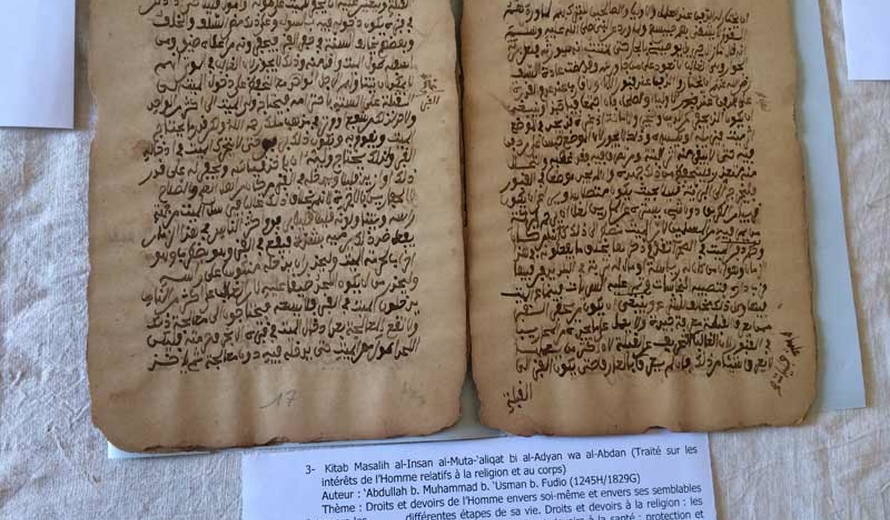Law & Politics
Can Timbuktu’s Ancient Manuscripts Be Saved?


Laura Lesmoir-Gordon

An international group of experts convened in Mali’s capital, Bamako on Wednesday to examine conservation measures needed to save Timbuktu’s ancient manuscripts. The texts were smuggled out of Timbuktu in 2012 in order to keep them safe from Islamist rebels who were staging an uprising at the time and have remained in Bamako.
The three-day-long meeting was organized by UNESCO’s Office in Bamako, Mali’s Ministry of Higher Education and Scientific Research and the Ahmed Baba Institute of Higher Learning and Islamic Research. The convention is also partially funded by the UK ministerial department and the Foreign & Commonwealth office, as well as the European Union.
Following the occupation of the northern region of Mali by armed groups in 2012 and 2013, much of the country’s cultural heritage was destroyed, including 4,203 manuscripts housed at the Ahmed Baba institute.
However, thanks to members of the organization SAVAMA-DCI, the majority of the documents stored at the institute were saved.

Manuscripts-SAVAMA-DCI. UNESCO hopes to save ancient Timbuktu manuscripts following an armed conflict in Mali in 2012. Photo by Lazare-Eloundou, ©UNESCO.
Speakers at the symposium include scholars, representatives of cultural institutions, and policy-makers. According to a press release issued by UNESCO, the group will consider “the historic importance of this fragile heritage and the role of local communities in its safeguarding.” They will also discuss the ways in which they can stop illegal trafficking in the future.
The collection of manuscripts from Timbuktu form an integral part of Mali’s cultural history, comprising of several hundred thousand documents in Arabic and African languages dating back as far as the 13th century. They include both scholarly and theological texts as well as commercial writings.